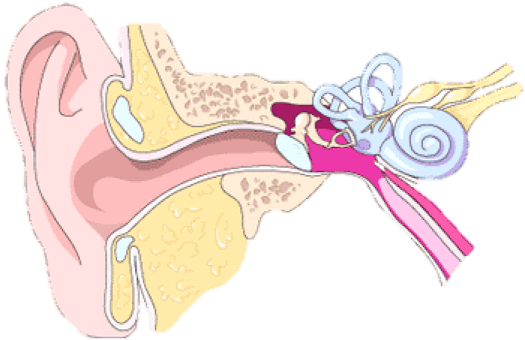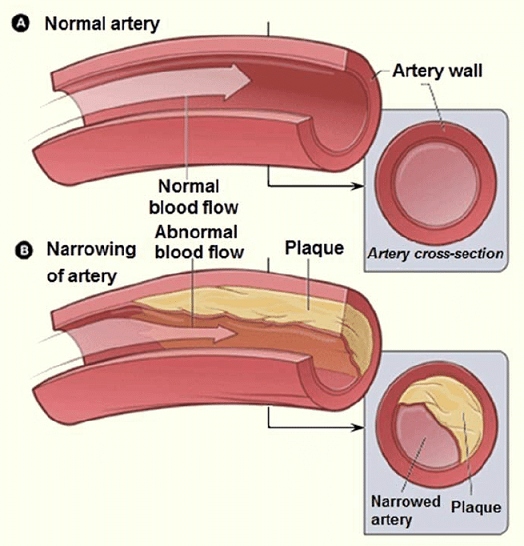Information on this site shall be considered as holistic, alternative and spiritual advice only. For medical advice and treatment a GP, medical professional and/or Certified Hijama Therapist should be consulted. In all circumstances where lifestyle changes, supplements, or other foods are suggested your GP should be consulted. Client Safety is the number one priority.
Cupping / Hijama Points Treatment Plan for Reduced Perception – Awareness
Allow 2-4 weeks between sessions – longer if required. Hijama Points shown for each session should ONLY be used to guide the therapist. Body size, cup size, and any other conditions need to considered and appropriate care and attention taken. The number of sessions shown can be increased or reduced depending on the condition of the client.
Complete Treatment Plan
Click here for Session 1Click here for Session 2
Click here for Session 3
Standard Wet Points – 1,55,2,3,32
Click here for Hijama Points on the back of the bodyClick here for Hijama Points on the head and face
If the client has a complicated history and numerous concerns then it is a good idea to use our online consultation service – click here.
Which body part or function is involved in Reduced Perception and Awareness?

Brain
The brain is the most complex and major organ present in the human body that controls all of the body functions. It is composed of over 100 billion nerves that are involved in communicating through synapses. The brain is divided into various parts essentially acting together to perform body functions.
- Cortex – This is the outermost layer of the brain that is involved in thinking and voluntary movement.
- Basal Ganglia – It consists of clustered structures in the brain center that functions in coordinating the messages from different brain parts.
- Brain Stem – It is the part that connects the cerebrum of the brain to the spinal cord and consists of parts like the midbrain, medulla oblongata, and pons. Its function is to control sleep and breathing.
- Cerebellum – It is present at the back of the lower brain part and functions in coordination and balance of the body.
Central nervous system
The central nervous system consisting of the brain and the spinal cord. The neural activity in the brain controls a person’s conscious practices while sensory and motor pathways of the spinal cord control the coordination of the reflexes. The homeostasis of these intricate functions is regulated by the specialized brain area. Reduced perception is when an individual cannot accurately estimate the quantity of the time that has passed (i.e., distorted time perception). It is associated with cerebellar ataxia when the cerebellum (part of the brain that controls muscle coordination) has been damaged and doesn’t work to its fullest ability. Ataxia may be a neurological sign consisting of a lack of voluntary coordination of muscle. Dyssynergia, dysdiadochokinesia, dysmetria, ataxia of stance and gait, and dysarthria may occur as a consequence of lesions in the cerebellum. Autosomal dominant cerebellar ataxia may cause dyschronometria. Damage to the cerebellum due to any reason may result in permanent ataxia. Conditions that cause ataxia include stroke, tumor, alcohol misuse, spastic paralysis, certain medications, brain degeneration and MS. The rare fragile X-associated tremor/ataxia syndrome is an example of X-linked ataxia.
What are the symptoms and effects of Reduced Perception and Awareness on the body?
Common signs of reduced perception / dyschronometria are often generic to cerebellar ataxia, including a scarcity of poor short term memory, awareness, and inability to keep track of time. The defining symptoms, which are not well understood involve time perception. For instance, when the affected individual is asked to attend for thirty seconds or tap every second that has gone these individuals are going to be ready to perform the task for a short time and then become distracted. This may stem from a loss of focus, however, more often than not the individual affected are unaware of what they’re doing and that they become disoriented. This usually takes the form of forgetting basic timekeeping such as during cooking. However, dyschronometria doesn’t have any impact on the 24-hour biological time, which is sustained by a special organic process.
Causes
- Strabismus. It is a condition that occurs due to improper alignment of the eyes.
- Nerve problems.
- Ambylopia. It results when the brain favours one eye over the other, leading to one eye that does not quite track properly.
- Trauma to one of the eye.
- Blurred vision. Other causes are:
- Head trauma. Damage to the medulla spinalis or brain from a blow to the head, such as it may happen during a car accident, can result in acute cerebellar ataxia, which comes on suddenly.
- Stroke. Any blockage or bleeding within the brain may result in ataxia. When the blood supply to a part of the brain is severely reduced or interrupted or depriving brain tissue of oxygen and nutrients, it causes the death of brain cells.
- Cerebral palsy. When any damage is caused to the brain of a child during early development or during, before, or right after birth it results in cerebral palsy which is an array of disorders affecting the ability of the child for coordination of body movements.
- Autoimmune diseases. Sarcoidosis, Multiple sclerosis, and other autoimmune conditions can cause ataxia.
- Infections. An uncommon complication of chickenpox may cause ataxia, infections like Lyme disease and HIV. It may develop during the healing stages of the infection and last for days or weeks. Usually, the ataxia resolves over time.

What changes in diet can help improve symptoms of Reduced Perception – Awareness?
Food good for cerebellum:
- Protein-rich dietary items such as yoghurt, cheeses, eggs, tofu, lean organic meat (not pork), wild-caught fish, and poultry.
- Low-sugar fruit, including all the fruits except for melons and bananas.
- Vegetables, mostly all vegetables other than corn and white potatoes.
- Whole grains, whole-wheat bread and pasta, barley, spelt, farro, buckwheat, quinoa.
Changes in lifestyle which can help Reduced Perception – Awareness
Following adaptations or changes in lifestyle help to manage the condition:
- Overcoming an individual’s inner critic with cognitive behavioural therapy.
- Getting sound and peaceful sleep.
- Improving nutritional intake.
- Finding some partner for activity.
- Improving brain function.
- Avoiding triggers such as alcohol, caffeine and stress.
- Diagnosing the underpinning precise cause. For instance, acquired ataxia caused by infection can be treated with antibiotics or antiviral medication. Episodic ataxia can often be controlled with a medicine called acetazolamide
Possible alternative remedies for Reduced Perception and Awareness
Great stress has been laid on psychological context for treatment of ataxia, which means that
emphasis is going to be placed on speaking with the patient and understanding their needs. The treatment may be found as challenging and upsetting for a person with ataxia.
The role of drugs for the treatment of cerebellar ataxia has not been determined completely. It is suggested that it is often treated by resolving the underlying causes such as viral infections, specific triggers and others. Ataxia stemming from cerebral palsy MS cannot be treated and often certain adaptive devices are advised to use such as:
- Walking sticks
- Communication aids to help to speak.
- Specifically modified utensils to help in eating.
Several other therapies may help, such as:
- Speech therapy to help in improving the speech.
- Physical therapy to aid in coordination and locomotion.
- Occupational therapy help in performing daily tasks such as feeding oneself.




